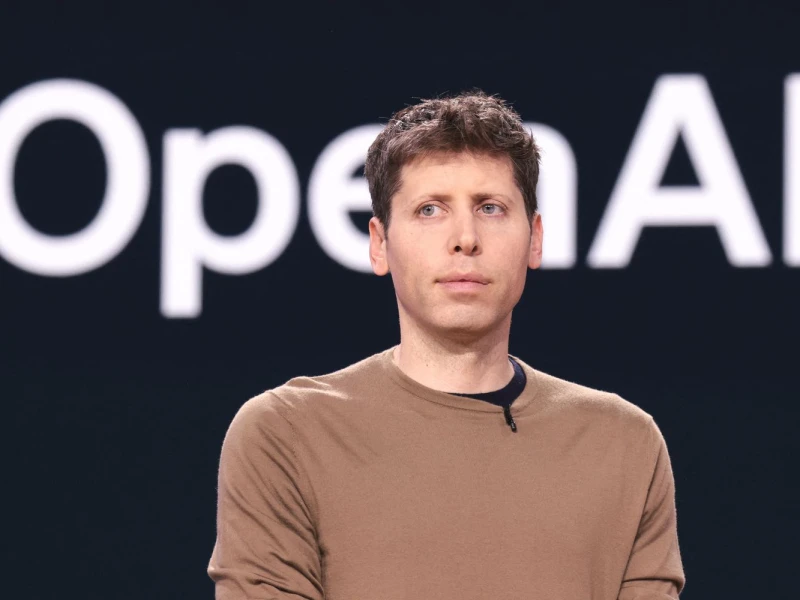OpenAI CEO Sam Altman is setting his sights on a frontier even more ambitious than AI: the human brain.
He is reportedly backing a new, secretive startup called Merge Labs, which aims to develop a non-invasive brain–computer interface (BCI) capable of interpreting human thoughts using sound waves and magnetic fields—without the need for surgery.
The move appears to position Altman as a direct competitor to Elon Musk’s Neuralink, which relies on surgically implanted electrodes. Unlike Neuralink, Merge Labs is said to be pursuing a gentler approach, combining ultrasound technology with genetic engineering to create a “read-only” link between humans and machines.
According to a report by The Verge, Altman is assembling a high-profile founding team for Merge Labs. Among them is Mikhail Shapiro, a renowned biomolecular engineer from Caltech, known for pioneering work in neural imaging and ultrasound-based brain interaction. Alex Blania, CEO of Tools for Humanity (formerly Worldcoin), will also play a key role.
While Shapiro’s precise role at Merge Labs is under wraps, insiders suggest he will serve as a founding member and help lead discussions with investors. His involvement hints at a bold scientific vision that avoids invasive procedures altogether.
At Caltech, Shapiro made headlines for using ultrasound waves to interact with neurons, allowing scientists to study and influence brain activity without surgery. He has also explored gene therapy techniques that make cells responsive to sound waves, potentially enabling seamless communication between biological tissue and digital systems.
Altman’s interest in Merge Labs aligns with his previously stated reluctance toward brain implants. In August, he joked about the idea of implanting devices in his own brain, saying it “would kill my neurons.” Yet, the notion of merging human thought with AI continues to captivate him. “I would like to be able to think something and have ChatGPT respond to it,” he said, adding that a “read-only” system—where AI interprets but cannot alter thoughts—seems reasonable.
Merge Labs aims to make that vision a reality. Rather than drilling into brains, the company plans to use ultrasound and magnetic fields to capture brain signals non-invasively. Shapiro has previously discussed a future where sound waves could stimulate or record brain activity, and where introducing genes into cells could turn the body into a wireless interface, eliminating the need for physical electrodes.
According to The Financial Times, Merge Labs is preparing a $250 million (Rs 2,195 crore) funding round through OpenAI’s venture arm, with Altman listed as a co-founder, though he will not manage day-to-day operations.
If successful, it could make “thinking to your AI assistant” a reality—no chips, no surgery, just sound waves. While Neuralink opened the race to connect brains and machines, Merge Labs is striving to make the process less invasive and far more futuristic.
#Agencies


 Prev Post :
Prev Post :
